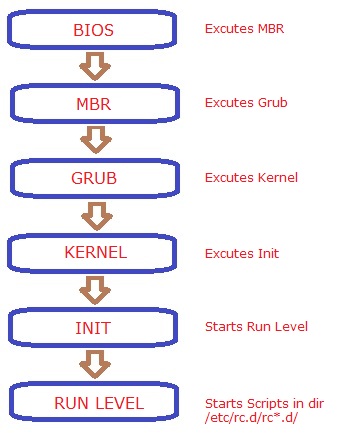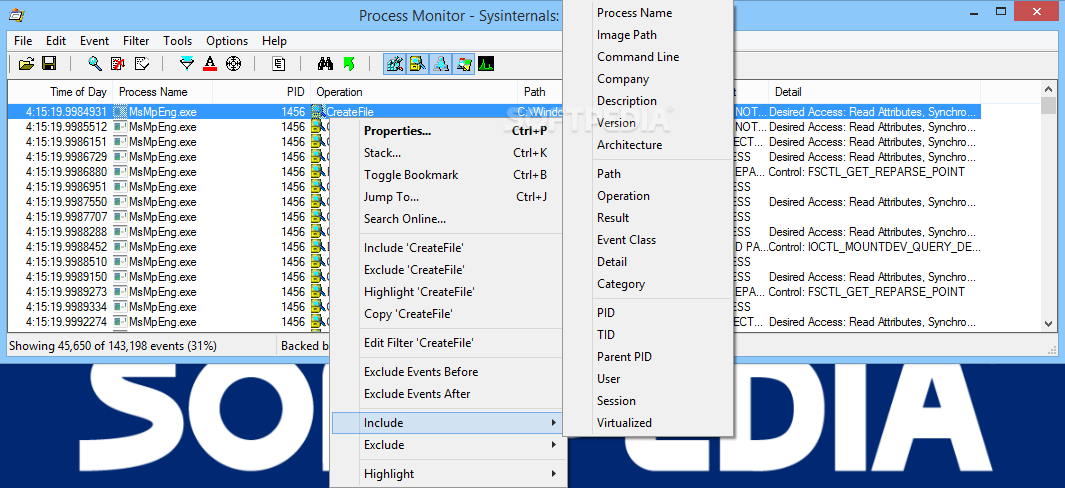

You are almost certainly not seeing malicious code attempt a stack smashing hack what is most likely happening is that the developer of the code that has had this result returned is trying to establish how big a buffer he (or she) needs to allocate in their code in order to have the data returned that they require.

Results that can (usually) be safely ignored “BUFFER OVERFLOW” I’d also select “Drop Filtered Events” from the Events menu since this will require less storage and resources although it does what it says on the tin so you won’t be able to see any of these dropped events if you later realise that you did actually want them.Īlso, I always configure procmon to use a backing file rather than let it use the default of virtual memory as I believe that is usually less impactful of system resources, particularly when traces have to be run for a long time. Once you have configured filters, they can be exported to file via the File menu for subsequent importing at a later date or quickly configuring on another machine. The problem frequently being that you can’t see the wood for the trees in that there are so many events captured that you can’t find the ones you want amongst the many thousands of irrelevant ones. Anyway, this article is hopefully going to teach a few of you some extra filtering techniques that I’ve learned over many years of troubleshooting. For those of us who’ve been around the IT block a few times, we can remember life before Procmon, and filemon and regmon its honourable parents, and it was much, much harder to diagnose some issues although it still can’t tell you everything, unlike say an API monitor might.


 0 kommentar(er)
0 kommentar(er)
